Wow! Did you have any idea there were so many foods that start with L?
I was able to jot down a list of 25 or so off the top of my head, but once I actually started looking, I was shocked at how many there were.
I probably could have kept going with this list for a long, long time, but I decided to cut myself off at 40.
Did your favorite L foods make the list?

1. Lemon
Although rarely eaten by themselves, lemons are one of the most popular citrus fruits.
People use them to make lemonade and add them to their tea. They use them for both cooking and cleaning.
Lemons are an all-around popular fruit.
They smell wonderful, which is why they’re such beneficial cleaning products, but they taste extremely sour and even a little bitter when eaten alone.

2. Lemonade
Lemons may be much too sour to eat, but with some water and sugar added in, they make a delicious, cool, and refreshing drink.
Lemonade is a summer favorite found nearly all over the world.
Many variations on “traditional” lemonade now exist, including strawberry lemonade, peach lemonade, and even carrot lemonade!
In my opinion, none of them are as good as the real stuff.

3. Lime
Limes are another popular citrus fruit that people use to flavor dishes, make zest or limeade, garnish mixed drinks, or use in recipes.
They’re similar in size and shape to lemons, but they’re green when fully ripe.
Like lemons, they’re too sour and bitter to be eaten by themselves. They’re not quite as bitter as lemons, though.

4. Limeade
Limeade is almost just like lemonade; only it’s made from limes, of course!
Otherwise, the recipe is the same – just add sugar and water – although some people add more to it to create different flavors.

5. Lasagna
Most people think of lasagna as a layered pasta dish that combines noodles, beef, tomato sauce, cheese, and a few other things to make a complete meal.
That is one definition of the word.
However, the pasta used to make lasagna is also called lasagna.
Lasagne, which is more than one lasagna, are the long, flat noodles that make up the layers of the complete dish lasagna.

6. Lentils
Like beans and peas, lentils are members of the legume family.
They’re similar to peas and beans, but they’re a little different from both. For one thing, they’re much more colorful.
There are all different colors of lentils – black, green, red, orange, yellow, and brown.
They can’t be eaten raw, and most people choose to add them to soup.
You can also boil them and eat them that way. Either way, lentils are very healthy and have numerous benefits.

7. Lentil Soup
Lentil soup is, unsurprisingly, soup made from lentils.
The soup also usually contains other veggies, such as celery, carrots, onions, tomatoes, and plenty of herbs and seasonings.
8. Lemongrass Chicken
Lemongrass chicken is a popular dish in Vietnamese cuisine.
The chicken marinates overnight in a mixture of lemongrass paste, pepper, garlic, sugar, lime juice, fish sauce, and oil.
It’s then grilled and served, sometimes over rice and sometimes with cilantro or thyme as a garnish.

9. Licorice
Many people think that licorice is a slightly bitter type of candy, and it is.
However, before it was candy, it was (and is) a flowering plant related to beans and other legumes.
The part of licorice used to flavor candy is the root, which is strong in both taste and fragrance.
While pure licorice can be tolerated in small doses, it isn’t usually eaten raw and can be toxic in large quantities.

10. Lollipops
Connecticut native George Smith created the first lollipops in 1908.
He named them after a famous racehorse, Lolly Pop, calling them lollipops, a name he trademarked in 1931.
There are all kinds of lollipops, but the most popular ones are usually perfectly round and large.

11. Lobster
Lobsters are sea-dwelling members of the crustacean family.
People often steam or boil them or sometimes cook just their tails.
They’re almost always cooked while they’re still alive, which reduces the chance of food poisoning due to rapidly spreading bacteria found in the lobster’s flesh.

12. Linguini
The literal translation of the word ‘linguini’ is ‘little tongues,’ which isn’t a super appetizing mental image. Even so, linguini is pretty tasty.
It’s a long, ribbon-like pasta that’s halfway between fettuccine and spaghetti. (It’s flat like fettuccine but thin like spaghetti.)
Like most pasta, it’s mild and takes on the flavor of whatever sauce is added to it.
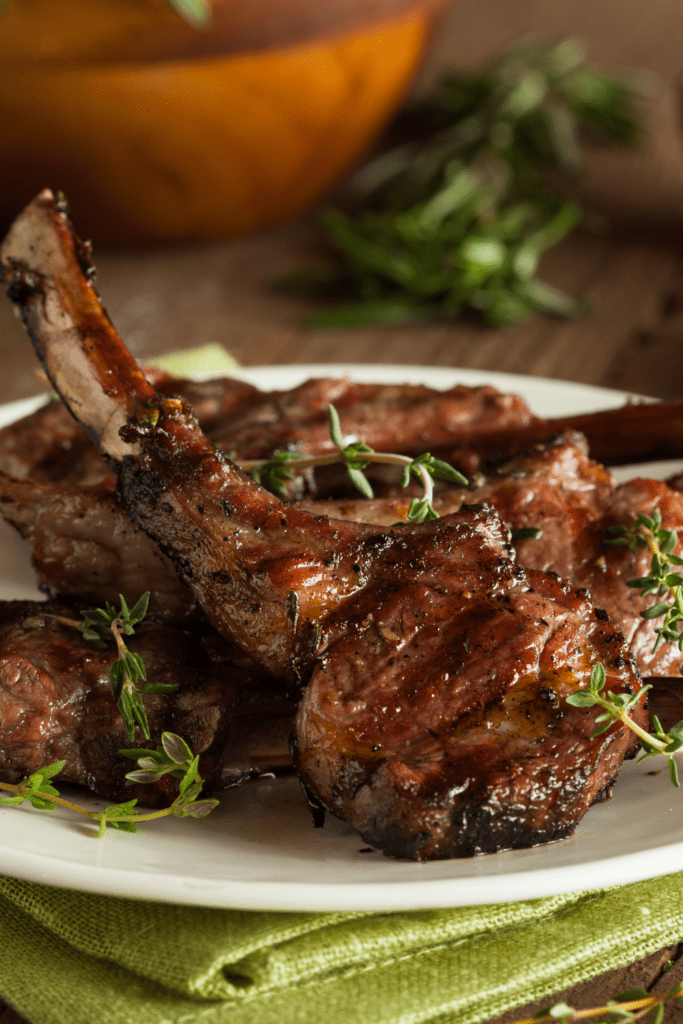
13. Lamb
Lamb has a unique flavor that’s unlike most other meats. It’s not gamey, exactly, but more natural and rich.
It’s so tender that it can be pulled apart by hand, no knives or utensils needed.
The flavor is robust and can be made even more so with the right seasonings and flavorings.
Lamb chops are the most sought-after part of the lamb, though the leg and breast are also popular.

14. Leeks
Leeks are thicker, milder, and flatter versions of green onions, and both come from the same family.
Leeks even taste similar to green onions, although they’re not as strong and have a somewhat sweet and buttery taste to them that onions don’t have.

15. Liver
There are all kinds of edible liver, including chicken liver, duck liver, beef liver, and pork liver. Some people even eat lamb liver.
Many people fry liver, while others saute it with onions. Some people bread it; some don’t. Liver is also a very divisive food.
Unlike chicken, which most people like, or beets, which most people dislike, liver has nearly equal numbers of lovers and haters.
Most people agree that it’s an “acquired taste.”
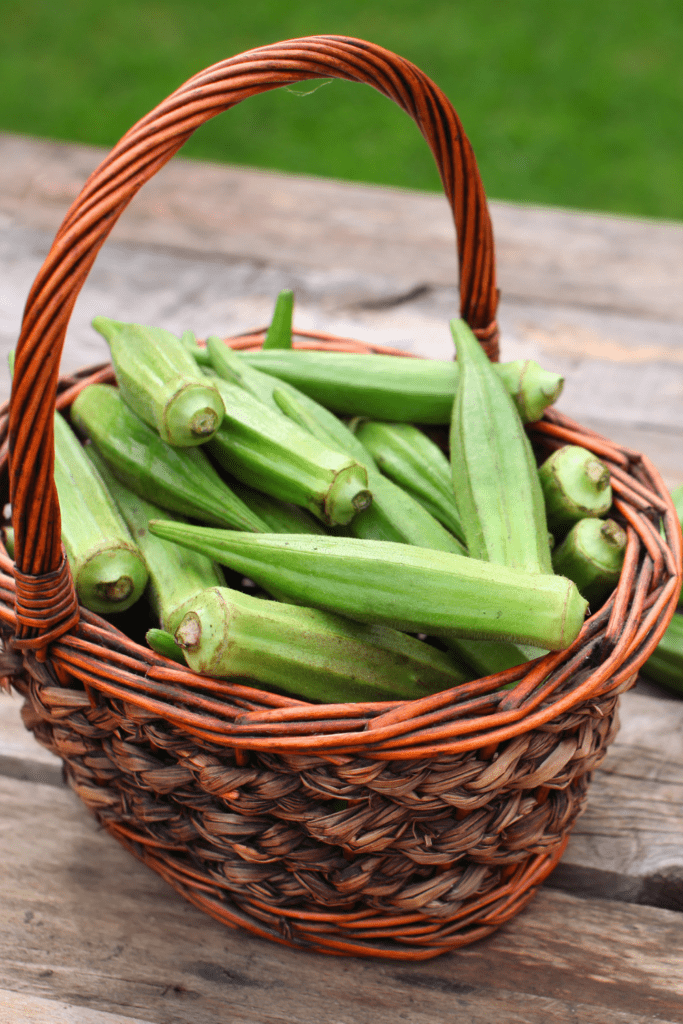
16. Lady Fingers
Ladyfingers are crispy, egg-based cookies with a mild, only slightly sweet taste.
People often use them to make more elaborate desserts, such as lemon meringue, tiramisu, and banana pudding.
People who eat ladyfingers by themselves often enjoy them with coffee or hot chocolate.
Whether you buy them or make your own, ladyfingers add a classy touch to any after-dinner dessert.

17. Lychee
Lychee fruit is one of a kind in both taste and appearance.
They’re small, round pink balls with thick, scaly skins sometimes referred to as “alligator skin.”
You can eat them raw as long as you peel them first or use them in recipes.
Depending on the ripeness of the lychee, it can taste citrusy with floral undertones or like a strawberry/watermelon hybrid.

18. Lettuce
Lettuce is one of those foods almost no one eats by itself, but it’s an essential ingredient for salads, sandwiches, burgers, wraps, and more.
Iceberg lettuce lost much of its popularity several years ago when people realized it didn’t have a lot of nutritional value.
Today, romaine is more popular.

19. Latkes
‘Latkes’ is one of the many aliases for potato pancakes.
Some people insist the two are different, claiming that latkes are thicker and less round and smooth than potato pancakes.
Depending on how you cook them, though, there could be little to no difference between the two.
20. Lingcod
Lingcod are hideously ugly fish; seriously, they’re like something out of a nightmare!
Despite their appearance, they taste good.
They have a mild, almost bland flavor and thick, dense white flesh.
The blandness of the meat makes it easy to season, and when cooked correctly, it almost tastes like lobster.

21. Lovage
Lovage is an herb that looks and tastes a bit like celery, although it’s less bitter and also has a hint of parsley in its flavor.
In Italy, it’s even called “mountain celery.”
It’s excellent as a garnish or seasoning, and some people even enjoy it by itself. Best of all, it’s 100% edible.
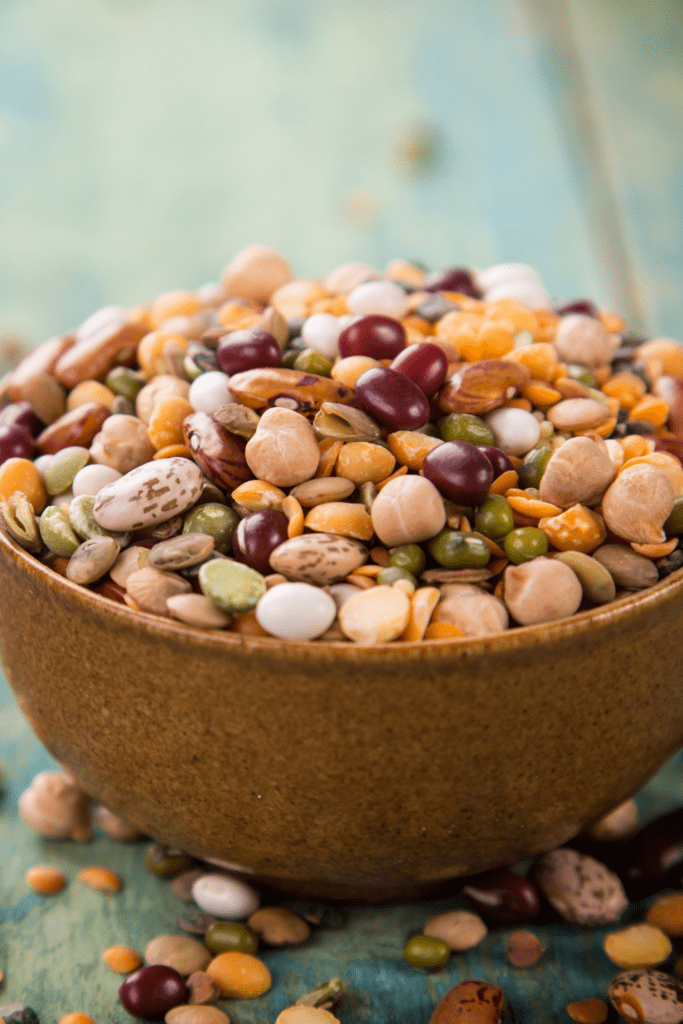
22. Legumes
“Legumes” is just a fancy word for the seeds of plants in the fabaceae family.
In other words, peas, beans, peanuts, and lentils. If you’ve ever had one of those things, you’ve had a legume.

23. Longan
The longan is related to the lychee, and when peeled, the two fruits look a lot alike.
Both have white, semi-translucent flesh, although the longan’s seed is much more apparent.
The visibility of the seed is what gives longan, which translates to ‘dragon’s eye,’ its name.
When peeled, the fruit resembles a large eye. It has a sweet taste and a musky scent.
24. Limpa
Limpa is a dark brown Swedish bread.
Traditionally made from rye, orange juice (or zest), and either brown sugar or molasses, it’s best when served warm.
It’s soft, airy, and unimaginably filling.
25. Lanseh
Lansehs are very strange-looking fruits that don’t look at all appetizing. Despite that, they taste delicious.
Native to India, they’re somewhat tart, but they also have a light sweetness that makes it hard to stop eating them.

26. Latte
Lattes are one of American’s favorite morning beverages.
They combine a couple of espresso shots with steamed milk to create a delicious, rich, creamy drink that also packs one heck of a caffeine punch!

27. Loganberry
The first time I ever saw a loganberry, I said, “Oh my gosh! They look like half raspberries, half blackberries!”
It turns out that’s precisely what loganberries are.
They’re beautiful berries shaped almost exactly like blackberries but with a lighter, more reddish color.
They’re slightly tart and have a flavor that’s perfectly balanced between the two parent berries.
28. Liederkranz
Liederkranz is America’s answer to Limburger cheese. It’s made of cow’s milk and uses a different type of bacteria for ripening.
It tastes pretty similar to Limburger, and it has the same strong, distinct smell.
The smell can get downright stinky if the cheese isn’t aged correctly.

29. Limburger Cheese
While we’re on the subject, I thought I’d mention Limburger cheese as well.
It’s very much like Liederkranz, although it originated in Liege and was made famous in Germany.
It has a semi-soft surface, a creamy interior texture, and the same pungent odor as Liederkranz.

30. Loaf
‘Loaf’ used to exclusively mean bread that had been baked in one large piece.
Now, ‘loaf’ can be many things – a bread loaf, meatloaf, Nutraloaf, etc.
As a result, Oxford now defines a loaf as “any item of food formed into an oblong shape and sliced into portions.”

31. Lard
Lard is less of a “food that starts with L,” and more of an “ingredient that starts with L.”
Because of all the foods on this list, lard is the only one that I’ve never heard of anyone eating by itself.
It’s made from the fatty tissue of pigs, and over the years, fewer and fewer people use it for cooking, preferring the healthier, less icky option of vegetable shortening.
However, if you talk to anyone who lived in the 40s and 50s, they’ll tell you that biscuits have never been as good since lard fell out of fashion.
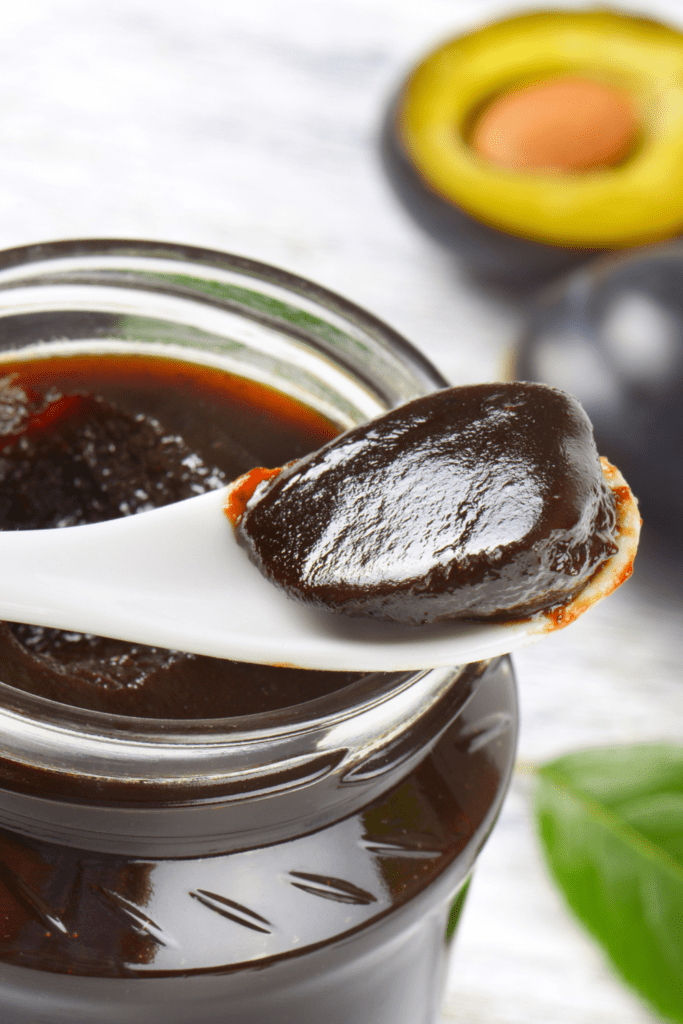
32. Lekvar
Lekvar is delicious. It’s popular in Hungary, where they call it “fruit butter.”
It’s usually made of prunes or apricots, and it’s something like a mix between our fruit jams and fruit filling for pies.
People most often use it as pastry fillings, and because it only requires three ingredients to make, it’s an easy way to create genuinely homemade pies.
33. Linguica
If you enjoy spicy sausage, you should get familiar with linguica. It’s the holy grail of sausage.
It’s mild in terms of heat, but the taste is insanely flavorful thanks to the numerous spices and seasonings.

34. Lahmacun
In appearance, lahmacun looks a bit like a messy pizza, but the two foods are nothing alike in terms of flavor.
Lahmacun is a popular Turkish dish.
The dish includes minced meat and vegetables atop a thin, round piece of dough. There are plenty of herbs and seasonings as well.
Many lahmacun recipes combine seemingly conflicting flavors, like onions and cinnamon, to give it its unique flavor.
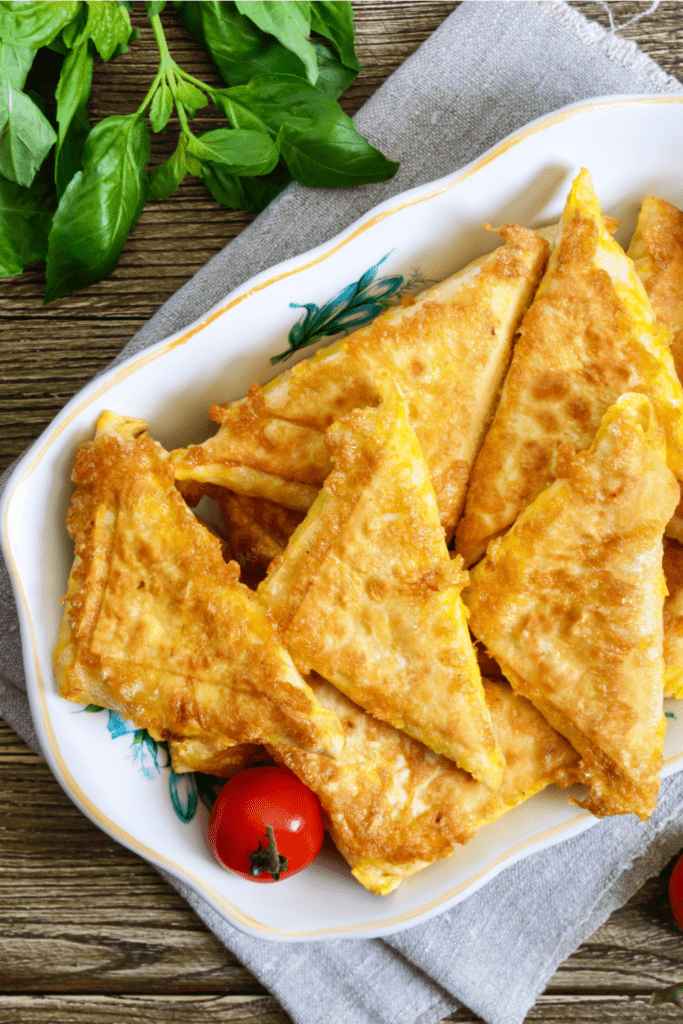
35. Lavash
Lavash is a thin, leavened flatbread made in Armenia. It’s similar to flour tortillas and can be used for wraps or served with dips like hummus.
36. Lutefisk
Lutefisk is one very peculiar-looking food. It’s just dried cod, but the process by which it’s cooked is odd and specific to Scandinavian and Norwegian regions.
The cod is soaked, skinned, boned, and boiled.
The result is something that’s almost unrecognizable as fish that has a Jello-like consistency.
Despite its odd appearance, the taste is said to be mild and unassuming.

37. Lahana Sarması
Lahana sarmasi is just a really fancy name for a cabbage roll.
Cabbage leaves are cooked and then used as wraps for a wide variety of different fillings, usually meat-based fillings.
It’s more popular in Europe, Asia, and Africa than it is in the states.

38. Lupin/Lupini Beans
Yet another member of the legumes family, lupini are beans that people usually eat as snacks. I know!
Beans as a snack food? Who’d have thought it?!
They’re almost always pickled; otherwise, they’re too bitter to eat.

39. Lox
Lox is a type of brined salmon created when people were first trying to figure out how to store fish before the days of refrigerators.
It tastes like any other salmon, but it’s much saltier.
It’s a popular bagel topping and is usually paired with cream cheese and veggies.

40. Lima Beans
Sometimes referred to as “butter beans,” lima beans are part of the legume family.
People shell them and eat the seeds, which have a slightly sweet, almost nut-like flavor.
The secret to delicious lima beans is in the cooking time. If cooked too long, they can become very bitter and unpalatable.
More “Foods That Start With” Posts to Check Out
Foods that Start with T
Foods that Start with U
Foods that Start with S
Foods that Start with P











